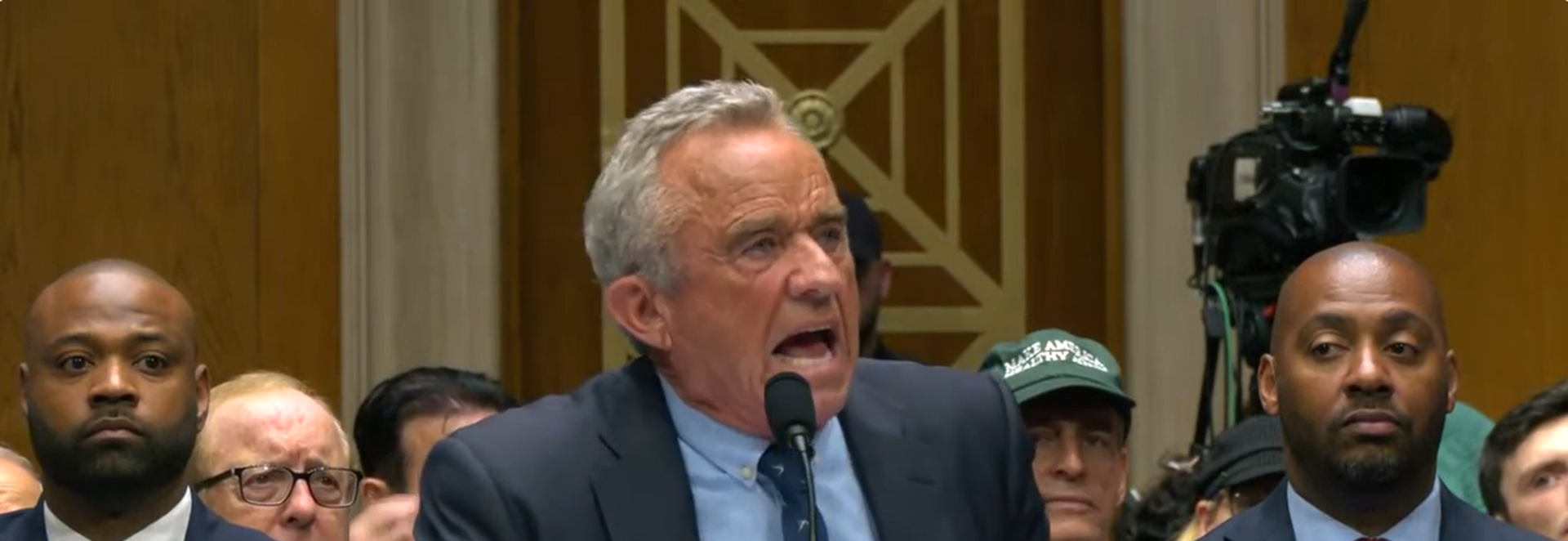Why Is My Wine Cooler Not Cooling? Common Issues and Expert Fixes
Is your wine fridge not cooling? Learn common reasons why wine coolers stop cooling and how to fix or maintain them in this expert repair guide.
A wine cooler that isn’t cooling properly is more than just a minor inconvenience—it can spoil your wine collection and your plans. Whether you store a few cherished bottles or manage a full wine fridge, maintaining the correct temperature is crucial. In this blog, we’ll uncover the most common reasons a wine cooler is not cooling and offer real-world solutions on how to fix or prevent these problems before they escalate.
Before jumping into issues, it’s important to know what "cool" really means in wine storage. Ideally:
-
Red wine: 55–65°F (12–18°C)
-
White wine: 45–55°F (7–12°C)
If your cooler fails to maintain this range, it may be due to a mechanical, environmental, or user-related issue.
1. Thermostat Malfunction
One of the leading causes of cooling failure is a broken thermostat. If the sensor doesn't read the internal temperature correctly, the compressor or cooling system may not activate.
Solution:
-
Check the thermostat for visible damage.
-
Test it using a multimeter.
-
Replace it if it shows faulty readings.
2. Compressor Failure
For compressor-based units, a failing compressor means no cold air. You may hear a clicking noise but no humming sound, which typically indicates a fault.
Solution:
-
Listen for compressor noise.
-
Check the start relay.
-
If the compressor is warm and silent, it's likely failed and needs

repair.
3. Dirty Condenser Coils
Blocked or dusty coils can reduce airflow, forcing the system to overwork and ultimately fail to cool.
Solution:
-
Unplug the unit.
-
Use a coil brush or vacuum to clean the coils (usually at the back or bottom).
4. Faulty Fans or Motors
Wine coolers use internal and external fans to circulate cold air. If these fans stop working, the temperature will rise unevenly.
Solution:
-
Open the unit and observe the fans.
-
Replace any that aren’t spinning.
-
Check for ice buildup blocking fan movement.
5. Poor Ventilation
Wine coolers need space around them to vent heat. Lack of airflow can cause overheating.
Solution:
-
Ensure 2–3 inches of clearance on all sides.
-
Move the cooler away from direct sunlight or heat sources.
6. Door Seal Leaks
If the door seal is worn out or broken, warm air sneaks in and ruins the internal cooling cycle.
Solution:
-
Inspect the gasket for cracks or looseness.
-
Replace the seal if it’s not airtight.
Sometimes fixing a wine cooler isn’t cost-effective, especially if it’s over 8–10 years old or if the repair costs exceed half the price of a new unit. Consider replacement if:
-
Compressor is beyond repair
-
Circuit board is fried
-
Unit frequently breaks down despite repairs
If the unit is relatively new, a wine cooler repair service may restore it to like-new condition quickly and affordably.
Many wine fridge repair tasks are beginner-friendly:
-
Thermostat replacement
-
Cleaning condenser coils
-
Fan replacement
-
Checking door seals
Avoid DIY if the issue involves:
-
Refrigerant leaks
-
Compressor replacement
-
Electrical panel faults
These require special tools and training and should be left to professionals.
Just like a car, your wine fridge needs occasional upkeep. Here’s how to avoid future cooling problems:
-
Clean coils and fans quarterly
-
Keep away from walls and heat
-
Don’t overstock bottles
-
Check door seals regularly
-
Avoid opening the door too often
These simple steps can extend the life of your cooler and reduce the chances of expensive repairs.
Sometimes, professional help is the best choice. Contact a licensed wine cooler repair service if:
-
Cooling problems persist after cleaning and basic troubleshooting
-
The unit is making unusual clicking, buzzing, or knocking noises
-
There's water pooling inside the cooler
-
The compressor isn’t starting
A technician can diagnose and repair the issue without risking further damage.
If your wine fridge isn’t cooling efficiently, it likely runs more often than necessary—driving up your electricity bill. Fixing cooling issues promptly can reduce energy waste and lower your overall household costs.
Sometimes the issue isn’t with the wine cooler at all. High ambient room temperatures or humidity levels can interfere with the unit’s cooling ability.
-
Tip: Don’t place wine coolers in garages, attics, or near ovens where room temperatures fluctuate.
-
Use a hygrometer to measure humidity and place a dehumidifier if necessary.
When your wine cooler is not cooling, it’s not always a death sentence for your appliance. Most issues—from dirty coils to faulty fans—can be resolved with some attention and basic tools. And when things go beyond DIY, calling a wine cooler repair expert can help you save your wine and your investment. Stay proactive, and your cooler will keep your bottles at just the right temperature.
1. Can I use my regular fridge instead of fixing my wine cooler? While possible, a standard fridge is too cold and dry for wine, especially long-term.
2. How much does wine cooler repair typically cost? Repairs can range from $75 to $300 depending on the part and labor required.
3. What if my wine cooler cools only on one side? This could indicate a fan failure or an airflow obstruction inside.
4. Why is my wine fridge running but still warm inside? It may be circulating warm air due to a failed compressor, fan, or a broken seal.
5. How often should I clean my wine cooler? Every 3–6 months is ideal for keeping fans, coils, and vents clear.
















































































